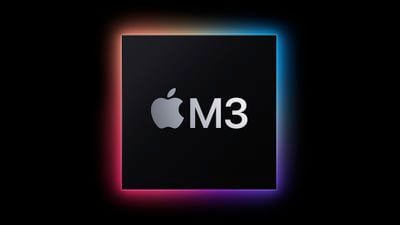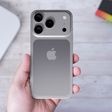Apple today seeded the sixth beta of an upcoming tvOS 17 beta to developers for testing purposes, with the update coming two weeks after Apple introduced the fifth beta.
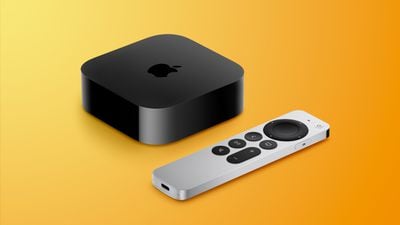
Registered developers are able to download the tvOS 17 update by opting in to the beta through the Settings app on the Apple TV. A registered developer account is required.
tvOS updates don't typically garner as much attention as updates to iOS and macOS, and are never as feature rich, but tvOS 17 brings FaceTime to the TV for the first time. The Apple TV 4K can connect to an iPhone or iPad that serves as the camera, with the FaceTime interface showing up on the TV's screen.
All of the FaceTime features are available, including Center Stage to keep you front and center, plus there are new gesture-based reactions that let you use your hands to generate on-screen effects. For example, if you make a heart with your hands, the screen will display hearts.
Split View for Apple TV lets users watch television with friends and family using SharePlay, and there are controls for transferring calls between the TV and an iPhone or iPad as needed. Third-party apps like Zoom will also be able to take advantage of this functionality, so those apps will also work on the TV screen.
Control Center on Apple TV has been revamped and it is easier for users to access key settings and information, plus there is a new feature that allows the iPhone to locate a Siri Remote that's been misplaced.
tvOS also features a range of new aerial screen savers, adds support for third-party VPN apps, introduces Dolby Vision 8.1 on compatible devices, and more. Details can be found in our Apple TV roundup.


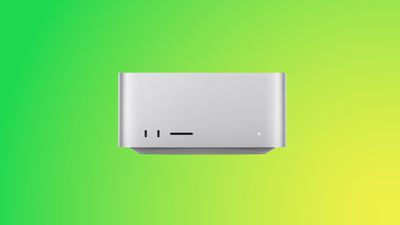





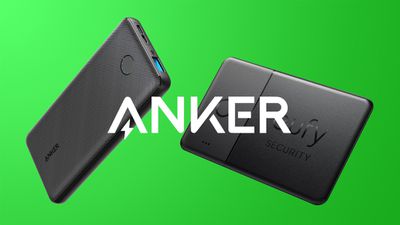 Note: MacRumors is an affiliate partner with Amazon. When you click a link and make a purchase, we may receive a small payment, which helps us keep the site running.
Note: MacRumors is an affiliate partner with Amazon. When you click a link and make a purchase, we may receive a small payment, which helps us keep the site running.
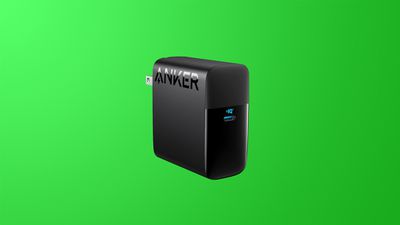
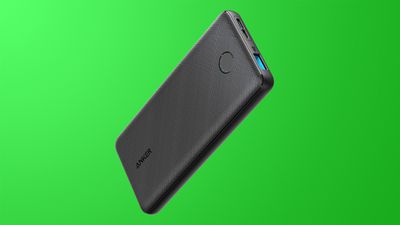

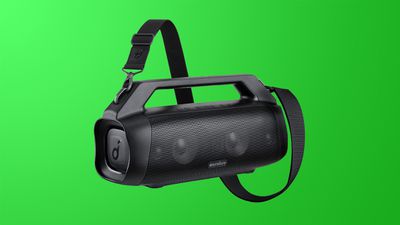
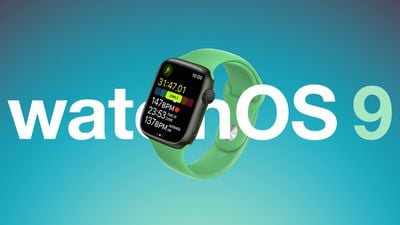

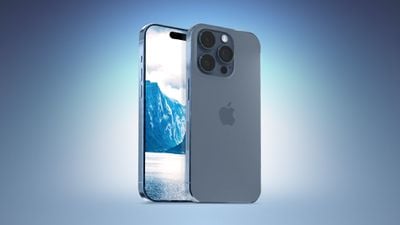
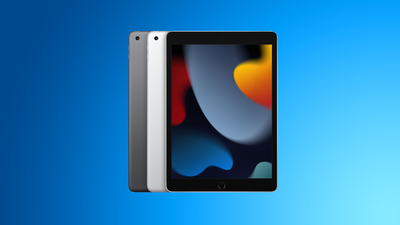 Note: MacRumors is an affiliate partner with Amazon. When you click a link and make a purchase, we may receive a small payment, which helps us keep the site running.
Note: MacRumors is an affiliate partner with Amazon. When you click a link and make a purchase, we may receive a small payment, which helps us keep the site running.
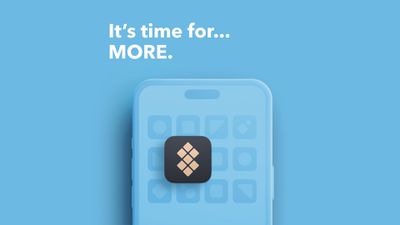
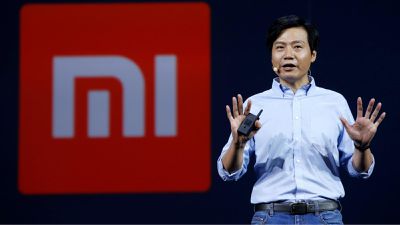
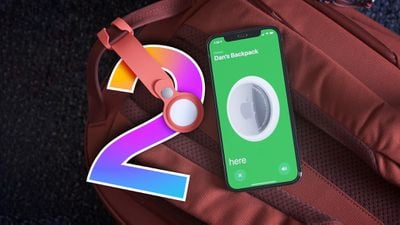
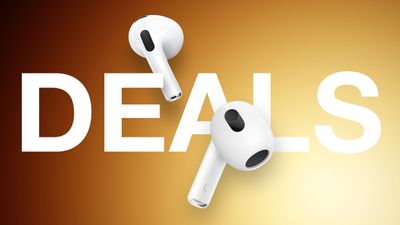 Note: MacRumors is an affiliate partner with some of these vendors. When you click a link and make a purchase, we may receive a small payment, which helps us keep the site running.
Note: MacRumors is an affiliate partner with some of these vendors. When you click a link and make a purchase, we may receive a small payment, which helps us keep the site running.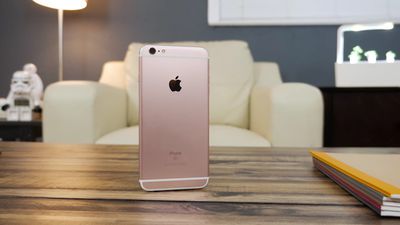
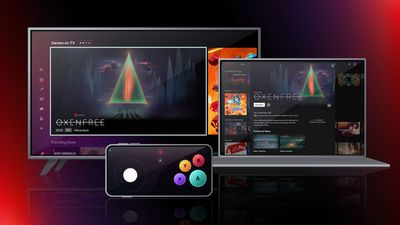

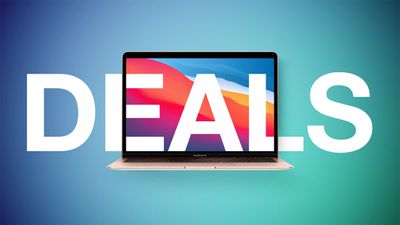 Note: MacRumors is an affiliate partner with Amazon. When you click a link and make a purchase, we may receive a small payment, which helps us keep the site running.
Note: MacRumors is an affiliate partner with Amazon. When you click a link and make a purchase, we may receive a small payment, which helps us keep the site running.